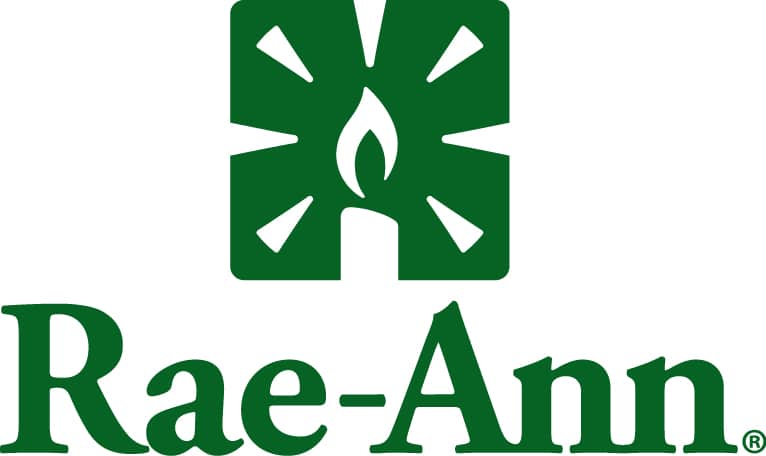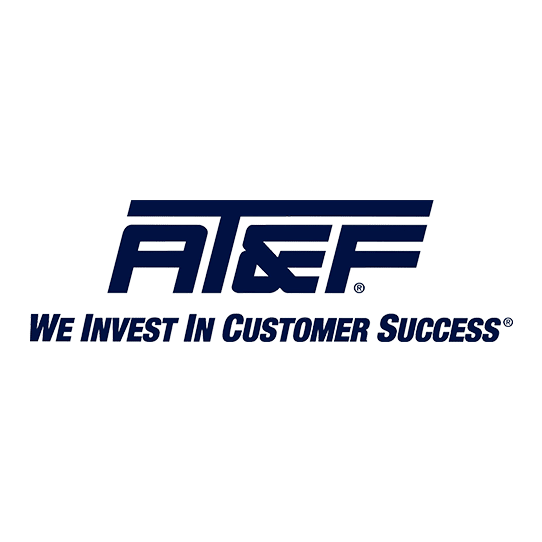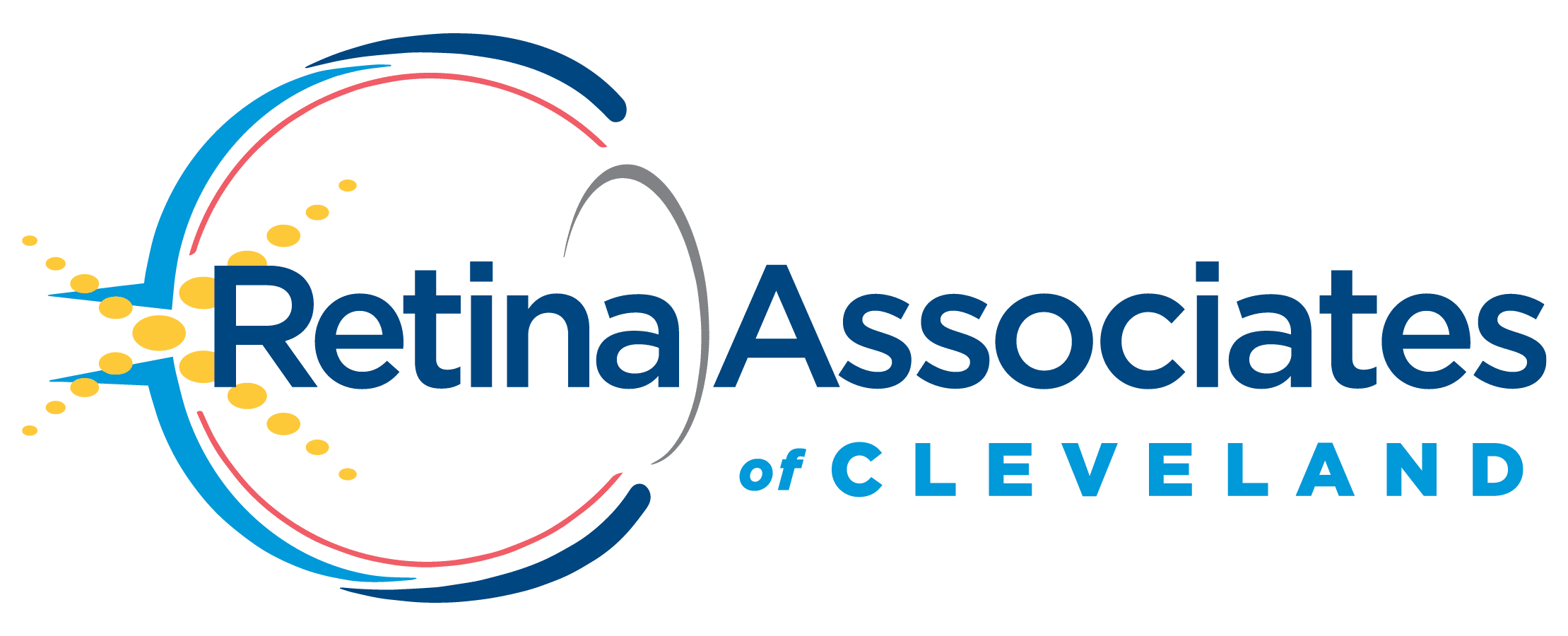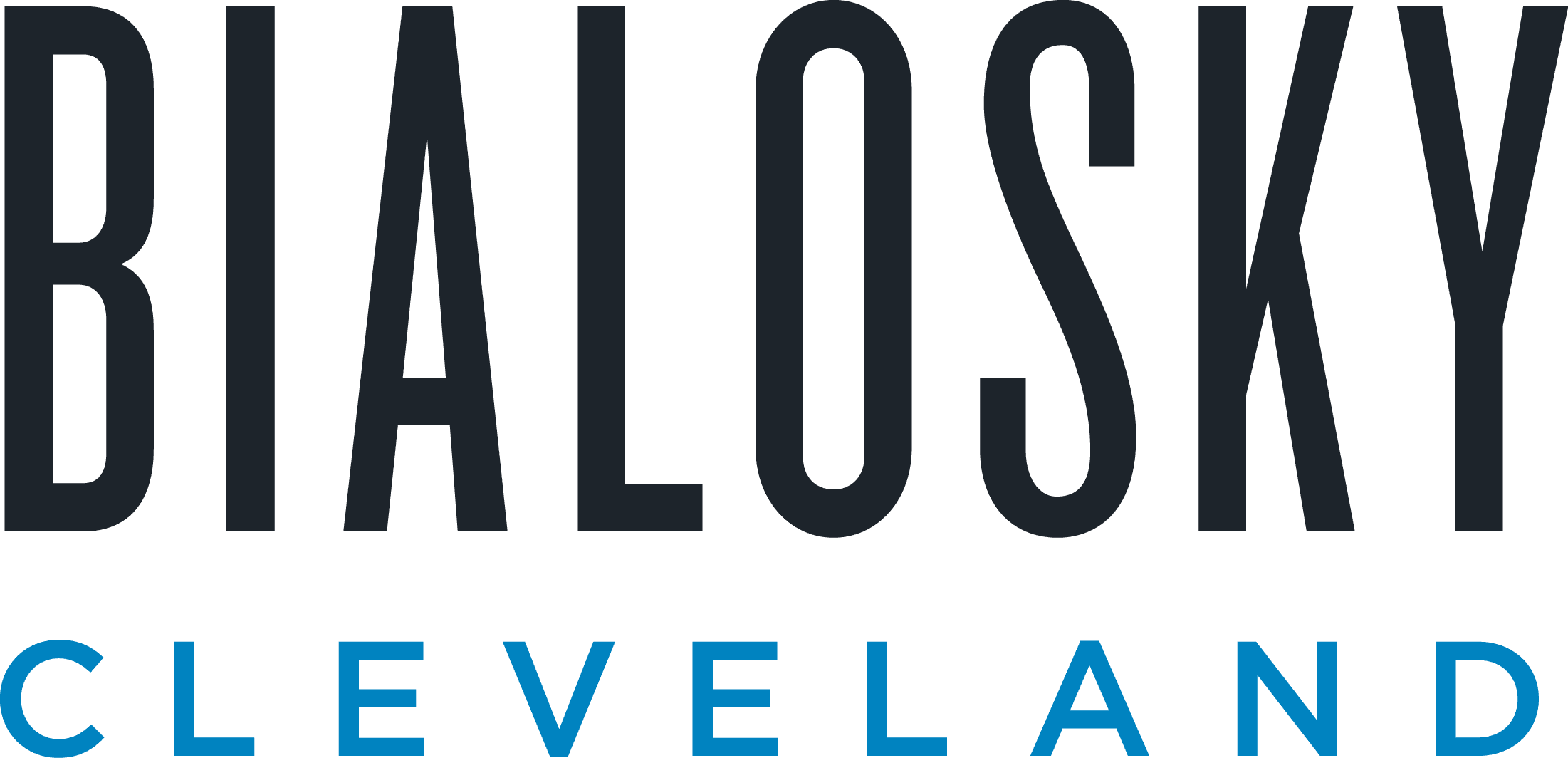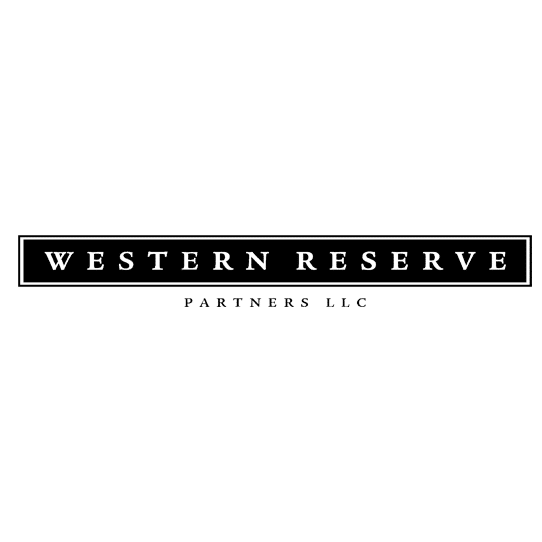We originally published this article in 2018 but thought it relevant to re-share. We updated data for 2022.
ESOP Overview
An Employee Stock Ownership Plan (ESOP) is an employee benefit plan that offers advantages to business owners and employees. This plan, according to the National Center for Employee Ownership, allows companies to set up a trust fund for employees and contribute either cash to buy company stock, contribute shares directly to the plan, or have the plan borrow money to buy shares.
It is a type of qualified retirement account that holds a portion of the company’s stock. The growth in value of the employer stock is not taxed until the funds are taken out of the ESOPs’ qualified plan.
Business Valuation Required for Employee Protection
To protect the employees, an independent valuation expert is required to set the overall value of the company. The company is valued at fair market value, no false highs, or lows in value.
This third-party valuation, performed annually, is required by the U.S. Department of Labor (DOL) and the Internal Revenue Service (IRS). Both organizations strive to protect the employees. The valuation ensures enough shares are allocated to each employee in the plan. Once vested, an employee earns shares within the plan based on compensation, length of service, value of company stock, age of employee, and other factors. Older employees are protected by a requirement that the ESOP connect ownership in company stock to cash in order to diversify.
C Corp Owned ESOPs
The Tax Cuts and Jobs Act (TCJA) of 2017 lowered the top federal rate of C Corporation tax from 34% down to 21%. With C Corporations, the business entity pays the tax and not its owners. This tax law change makes C Corporations more attractive than pass-through entities that have their owners pay taxes in lieu of the entity. The portion of the S Corporation owned by the ESOP does not pay tax either. In recent times, S Corporations, Limited Liability Companies (LLC) and Partnerships have become popular ownership entity structures for private businesses. There are many tax breaks available to C Corporation owned ESOPs. These tax breaks include:
- Owners of closely held C Corporations can defer taxation on gains from the sale of employer stock to the ESOP if the ESOP owns 30% or more of the employer’s equity after the sale and the seller reinvests the proceeds in stocks, bonds, and other securities of U.S. operating companies within 12 months after the sale. This is not available to S Corporations.
- ESOPs can borrow funds directly and subsequently use those funds to purchase stock shares from current owners. The ESOP is then able to deduct the contribution even though it used borrowed funds to acquire the stock. The ESOP then makes a contribution to the plan to repay the loan and that contribution is also deductible — both the principal and interest of the initial loan are deducible to C & S Corporations.
- Employees participating in the ESOP do not pay taxes on allocated stock until receiving distributions upon terminations of employment. This is true for ESOPs that are S Corporations as well.
- C Corporation employers can deduct reasonable cash dividends on ESOP stock that are used to repay the ESOP loan or that are passed through to participants.
Key ESOP Benefits
ESOPs can be complex to establish and to maintain, but have many lasting benefits, such as:
- ESOPs are great tools to motivate employees since they are the owners of the business
- Ownership drives employee engagement
- Employees focus on increasing the value of the business by maximizing the assets used
- Employee morale is increased by ESOP ownership
- ESOPs create partial or full liquidity to the selling owners
- ESOPs create favorable financing options and tax attributes
- ESOPs allow flexibility of ownership
- The search for equity can be solved by an ESOP
A 2000 Rutgers University study found that ESOP companies grow 2.4% faster after setting up an ESOP than would have been expected without it, according to the National Center for Employee Ownership.
For further guidance on becoming an ESOP or for questions directly related to your ESOP situation or financial strategies, contact your Barnes Wendling advisor today.
Related Insights
Featured Post












